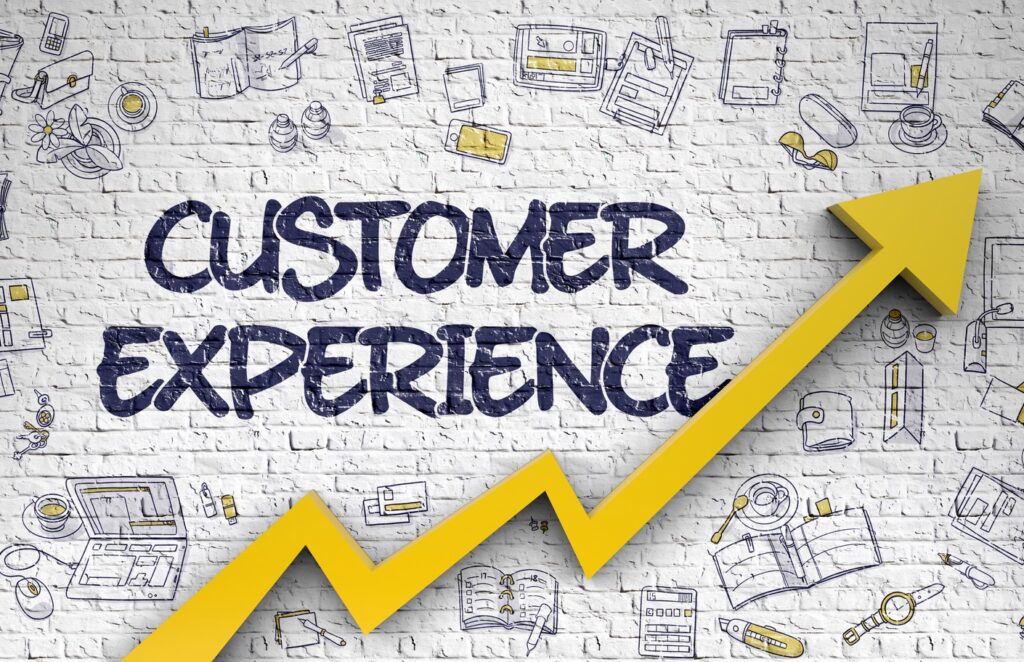In recent years, the e-commerce industry has undergone a significant transformation. The COVID-19 pandemic has acted as a catalyst, rapidly accelerating this transformation and forcing retailers to reimagine their digital strategies. With online shopping becoming the new norm, retailers are faced with the challenge of standing out in a highly competitive space.
To rise above the competition, they must constantly be on the lookout for new and innovative ways to capture the attention of their target audience. This may involve leveraging cutting-edge technologies or creating personalized, engaging content that resonates with customers.
If you’re a forward-thinking retailer looking to gain a competitive edge, then these innovative strategies are worth your attention:
1. Embrace Digital Transformation

Digital transformation is a buzzword thrown around in recent years, but what does it actually mean? At its core, digital transformation is about using technology to streamline operations, create new business models, and enhance the customer experience. In retail, this could involve implementing an e-commerce platform, using social media to build brand awareness, and investing in a solution like Dynamics 365 for retail to manage your retail operations.
However, digital transformation is not just about technology – it’s also about culture. It requires a mindset shift that values innovation, experimentation, and collaboration. Retailers must be willing to challenge the status quo and try new things. But, they must also be open to learning from failure and continuously improving.
One example of a retailer that has successfully embraced digital transformation is Sephora. The beauty retailer has invested heavily in digital technology, including its mobile app, allowing customers to try makeup virtually and access personalized recommendations. Sephora has also leveraged data analytics to optimize its product assortment and pricing strategy. As a result, the company has seen strong online and in-store sales growth.
2. Prioritize Sustainability

Consumers are becoming more aware of how their purchases affect the environment. As a result, they are making sustainability-focused choices.
Wondering how to become a retailer that prioritizes sustainability? Minimize waste, use eco-friendly products, and implement sustainable processes. Another approach is implementing recycling programs, repurposing and reusing materials, investing in bio-degradable packing, using energy-efficient systems, and adopting sustainable transportation practices.
If you haven’t yet invested in sustainability, it’s time to start ASAP. Consumers want retailers to follow suit as well. As you prioritize sustainability, your consumers and the planet will thank you.
3. Embrace Experiential Retail

Experiential retail deserves your attention if you want a competitive advantage in 2024, especially if you are a lifestyle, specialty, or high-end retailer. It’s obvious: the best way to compete is to offer a shopping experience no one else is offering. Research backs this idea. According to a research conducted by Unibail-Rodmaco-Westfield, 59 percent of consumers believe that retailers should allocate more space for experiential shopping. Furthermore, the research revealed that 81 percent of shoppers are willing to pay more for immersive and engaging shopping experiences.
This means with a strong experiential retail strategy; you are in it for the win. Experiential retail might include interactive product displays, in-store events and demonstrations, and curated product collections that tell a story or evoke a particular mood or feeling. The goal is to make the shopping experience more enjoyable and personalized so that customers are likelier to feel a sense of loyalty and connection to the brand.
4. Focus on the Customer Experience

In today’s retail landscape, the customer experience is king. Customers have more options than ever before, and they are increasingly demanding in terms of convenience, personalization, and speed. As a result, retailers that can deliver on these expectations are more likely to succeed.
One way to improve the customer experience is to leverage technology. For example, many retailers use mobile apps to enhance the in-store experience. These apps can provide customers with personalized recommendations, help them navigate the store, and offer exclusive deals and promotions. Retailers can also use data analytics to gain insights into customer behavior and preferences, which can inform product development and marketing strategies.
Another way to improve the customer experience is to focus on the physical store environment. Brick-and-mortar stores can offer unique experiences that cannot be replicated online. For example, some retailers are experimenting with augmented reality and interactive displays to engage customers and make the shopping experience more fun and interactive.
5. Deliver Omnichannel Experience

Offering omnichannel shopping is essential in today’s retail landscape. Customers expect to be able to shop on their own terms, and retailers that cannot accommodate them are likely to lose business. However, implementing an omnichannel strategy can be challenging. It requires a high level of integration across multiple systems, including inventory management, order fulfillment, and customer service.
One example of a retailer that has successfully implemented an omnichannel strategy is Nike. The sportswear company has invested heavily in its mobile app, which allows customers to browse products, make purchases, and access exclusive content. Nike has also integrated its online and offline channels, offering services such as buying online, picking up in-store, and buying in-store and shipping to home. This has helped Nike create a seamless shopping experience that appeals to its tech-savvy customer base.
Conclusion
The retail industry is constantly evolving, and staying profitable in this landscape can be challenging. It is, therefore, essential for retailers to stay ahead of the curve and find innovative ways to cater to the ever-changing needs of their customers. With the strategies highlighted in this piece, retailers can ensure they are well-prepared to thrive in this unpredictable landscape.









